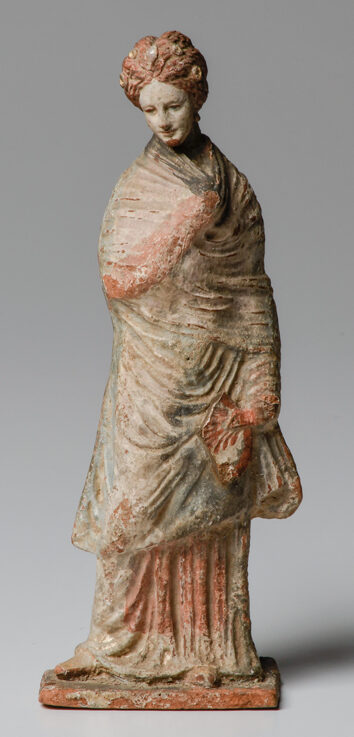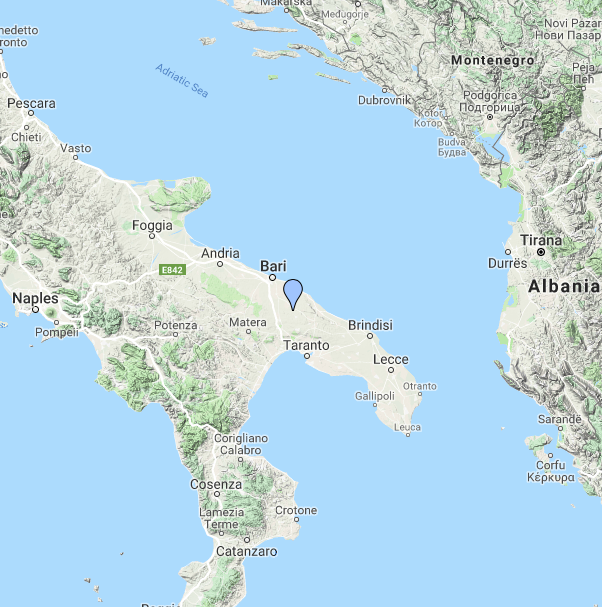Hellenistic Figure of Young Woman 4-3 Cent BC


- Country: Italy
- Source: Arte Primitivo Auction 2018
- Size (cm): 17
- Material: Tericotta
Canosa, or Canosion as it was known then, was a major center of the ceramics and pottery trade when it was a Greek polis. It produced truly unique pottery, completely different in decoration style from earlier and neighboring traditions. The clay is buff, with the decoration applied directly to it without the use of slip. In this example, the surface is liberally adorned with pink, white, blue, and a red pigments.
Female figures like this one played an interesting role in Canosan funerary practices. They were placed into Canosan tombs as replacements for large red-figure kraters from the century before, but first, mourners carried them in funerary processions and kept them present while they carried out rituals at the tomb. Although almost all of the statues known from Canosan tombs are women, they seem to represent goddesses or mourners, rather than the gender of the deceased – in this society, young women played a major role as mourners. The Canosans, like other members of Classical society, believed that the spirits of the dead remained at the tomb and watched over the living. Canosan tombs were re-opened frequently to bury members of the same lineage, and so these figures were probably reused as well, maintaining the connection between the living and the dead.